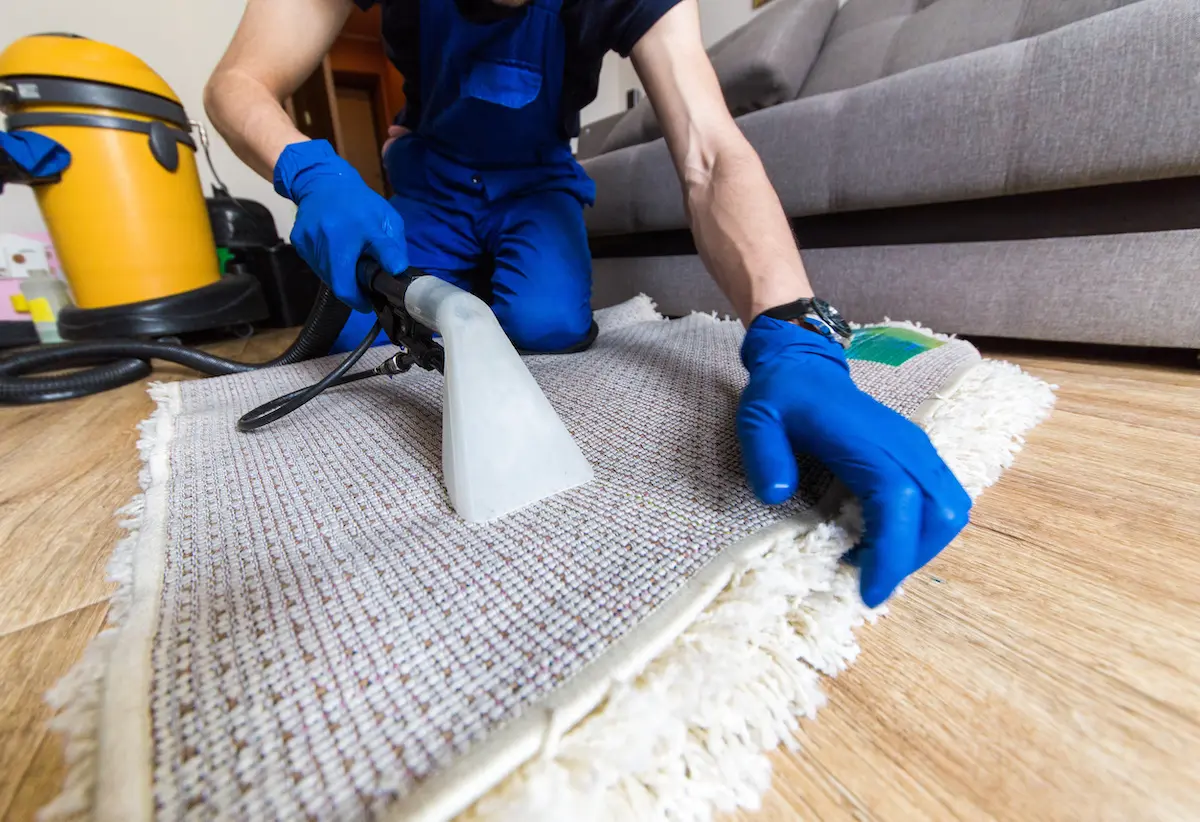
Carpet cleaning is an essential aspect of maintaining a clean and healthy living environment. One common question many homeowners have after getting their carpets cleaned is, “How long does it take for the carpet to dry?”
The answer to this question varies depending on several factors, such as the cleaning method used, the type of carpet, and environmental conditions. In this article, we’ll explore these factors in detail and provide insights and tips to help you understand the drying process.
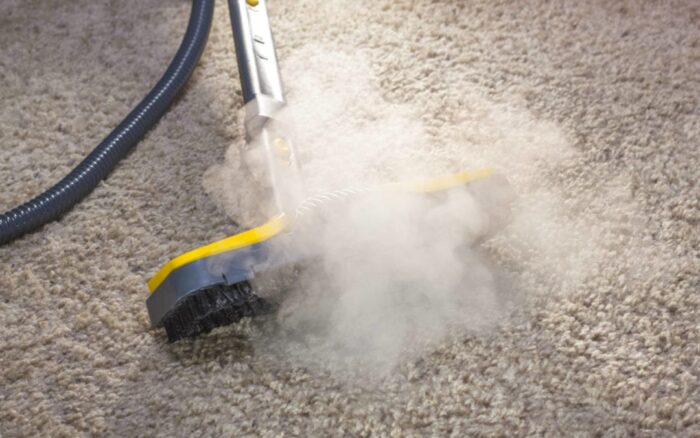
Carpet Cleaning Methods and Drying Times
The drying time largely depends on the cleaning method employed. The two most common carpet cleaning methods are hot water extraction, often referred to as steam cleaning, and dry cleaning.
Hot Water Extraction: This method involves injecting hot water and cleaning agents into the carpet fibers and then extracting them along with the dissolved dirt. The extraction process removes most of the water, but it will still be damp. Typically, ones cleaned using hot water extraction can take anywhere from 6 to 12 hours to dry completely. However, this time can vary based on air circulation, humidity, and room temperature.
Dry Cleaning: Dry cleaning methods, on the other hand, use minimal to no water. These methods include the use of chemical solvents or foam that bind to the dirt in the carpet fibers and are then vacuumed up. The ones cleaned using dry cleaning methods can dry much faster, often in just 1 to 2 hours.
Type of Carpet and Its Impact on Drying Time
The material and weave of your carpet also play a significant role in the drying time.
Synthetic Carpets: Carpets made from synthetic fibers like nylon, polyester, or olefin tend to dry faster as these materials do not absorb as much water.
Wool Carpets: Wool, being a natural fiber, absorbs more water and therefore takes longer to dry. Special care should also be taken with wool ones as over-wetting can cause shrinking or other damage.
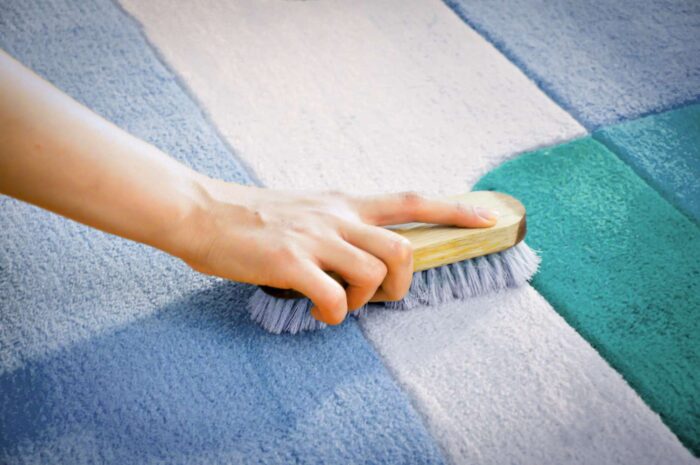
Environmental Factors Affecting Drying Time
Environmental conditions in your home significantly affect the drying time of your carpets.
Humidity: High humidity levels can increase drying times as the air holds more moisture, making it harder for water to evaporate from your carpet.
Temperature: Warm temperatures aid in faster drying. Ideally, maintaining a room temperature between 70-72 degrees Fahrenheit is optimal for quick drying.
Air Circulation: Good air circulation is crucial for quick drying. Use fans or open windows to improve airflow in the room where the carpet has been cleaned.
Pre-Cleaning Preparations for Quicker Drying
Before you even begin cleaning, there are steps you can take to ensure faster drying times.
Vacuuming: Thoroughly vacuum to remove loose dirt and debris. This allows the cleaning agents to work more effectively.
Move Furniture: Clear the area of furniture and other items to ensure even cleaning and drying.
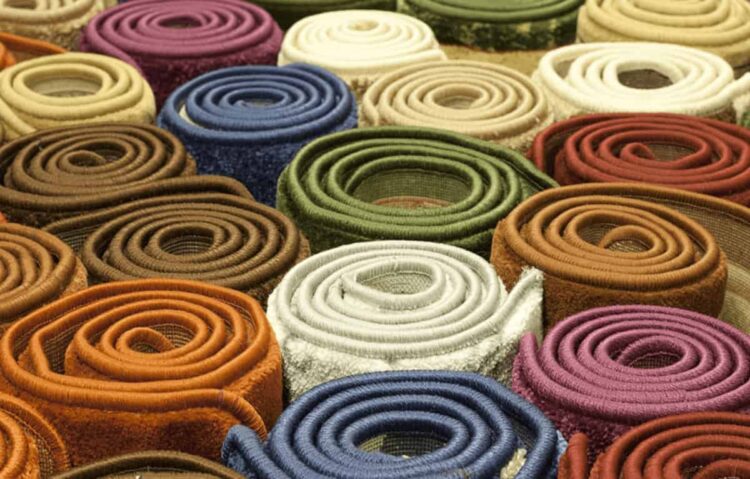
Post-Cleaning Tips for Faster Drying
After your carpet has been cleaned, there are several things you can do to expedite the drying process.
Use Fans and Dehumidifiers: Positioning fans around the room and using a dehumidifier can significantly reduce drying time.
Avoid Walking on Wet Carpets: Walking on damp carpets can not only be dangerous due to the risk of slipping but can also re-soil the carpet.
Professional Cleaning and Drying Services
Sometimes, it may be beneficial to seek professional carpet cleaning services like those at carpet cleaning Limerick, especially for large areas or delicate carpet types. Professional cleaners have powerful equipment that can clean and dry carpets more efficiently than standard consumer-grade equipment.
Additionally, they have the expertise to handle different types of carpets and stains, ensuring a thorough clean without damaging the carpet fibers.
Risks of Inadequate Drying:
When carpets are not adequately dried after cleaning, several issues can arise, compromising not only the appearance and longevity of the carpet but also potentially affecting the health and safety of the home environment. Here’s a closer look at the risks associated with inadequate drying:
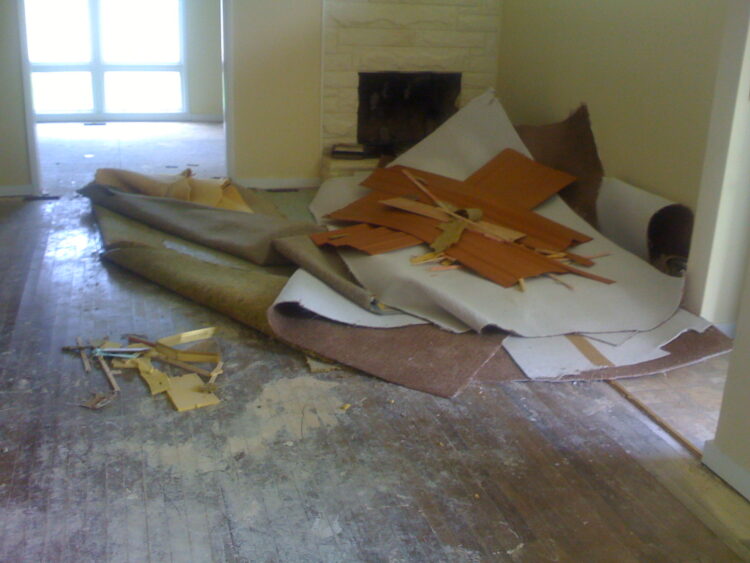
Mold and Mildew Growth
One of the most significant risks associated with inadequately dried carpets is the growth of mold and mildew. These fungi thrive in moist environments and can start to develop within 24 to 48 hours after exposure to moisture.
Mold and mildew can cause a musty odor and discoloration of the fibers. More importantly, they pose serious health risks, especially to individuals with allergies, asthma, or compromised immune systems. Prolonged exposure to mold can lead to respiratory issues and other health problems.
Resoiling
When carpets are left damp, they can attract more dirt and debris. This is particularly the case if people walk on them before they are fully dry. The moisture in the carpet can act as a magnet for dust and dirt from shoes, leading to the carpet becoming dirty again shortly after cleaning.
This can be frustrating and counterproductive, as it diminishes the effectiveness of the cleaning process and may require the carpet to be cleaned again sooner than expected.
Color and Texture Damage
Excessive moisture can also lead to color bleeding or fading in carpets, especially those with vibrant colors or delicate dyes. The integrity of the carpet’s texture can also be compromised.
For instance, wool carpets may shrink or lose their softness, while synthetic fibers may become stiff or matted. This can alter the overall appearance and feel of the carpet, reducing its aesthetic appeal and comfort.
Allergen Accumulation
If they remain damp, they provide an ideal environment for dust mites and other allergens to flourish. These allergens can become trapped in the fibers of the carpet and when disturbed, can become airborne.
This can lead to increased allergy symptoms, such as sneezing, itchy eyes, and respiratory discomfort, particularly for individuals who are sensitive to dust mites and other common indoor allergens.
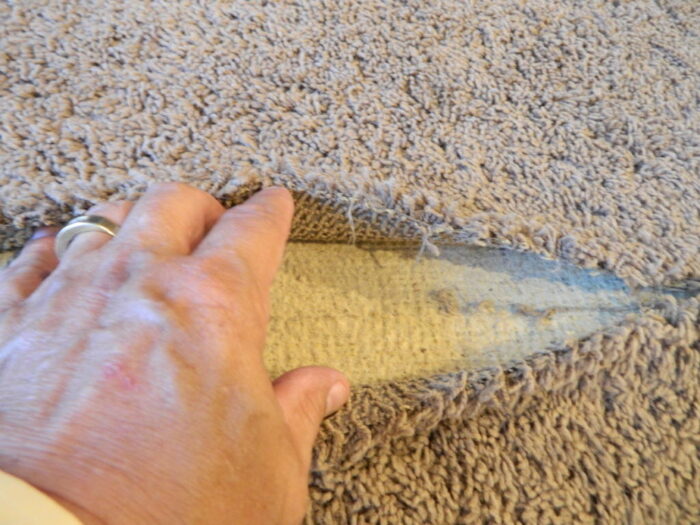
Delamination
Delamination is a process where the secondary backing of the carpet separates from the primary backing. This is often a result of prolonged exposure to moisture, which weakens the adhesive used to bind the layers of the carpet.
Delamination can cause ripples, bubbling, and a general deterioration in the structure of the carpet. Once it has delaminated, it is often difficult or impossible to repair, leading to the need for replacement.
Summary
In conclusion, the time it takes for a carpet to dry after cleaning depends on various factors including the cleaning method, carpet type, and environmental conditions.
By understanding these factors and taking appropriate steps before and after cleaning, you can significantly reduce the drying time and ensure your carpets are clean, dry, and ready to use as quickly as possible.
Remember, proper maintenance and regular cleaning not only keep your carpets looking great but also extend their lifespan, making it a worthwhile investment for your home.









